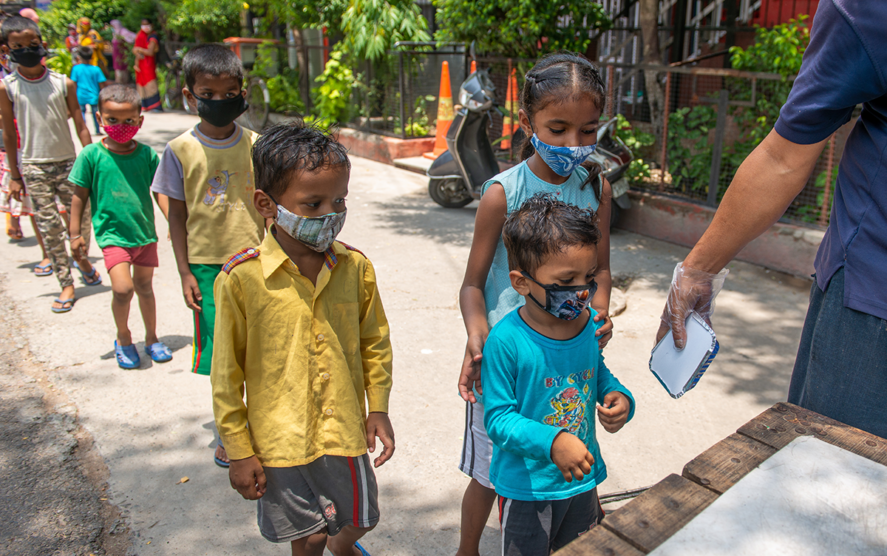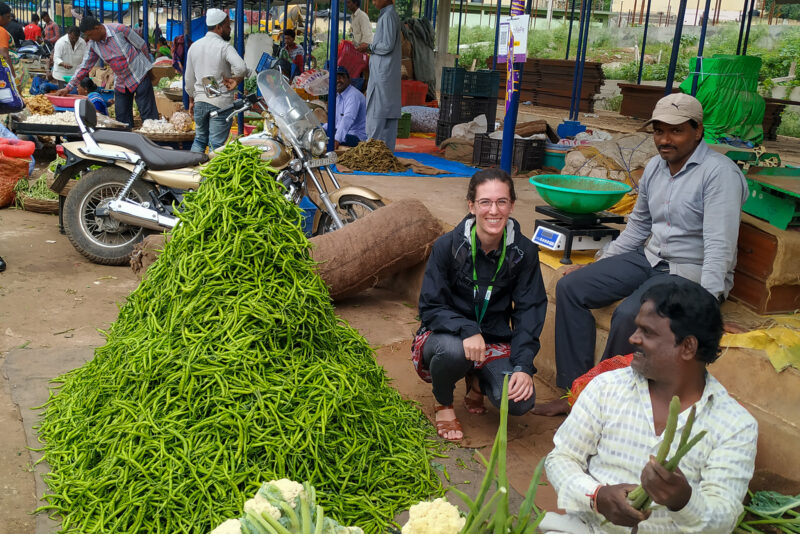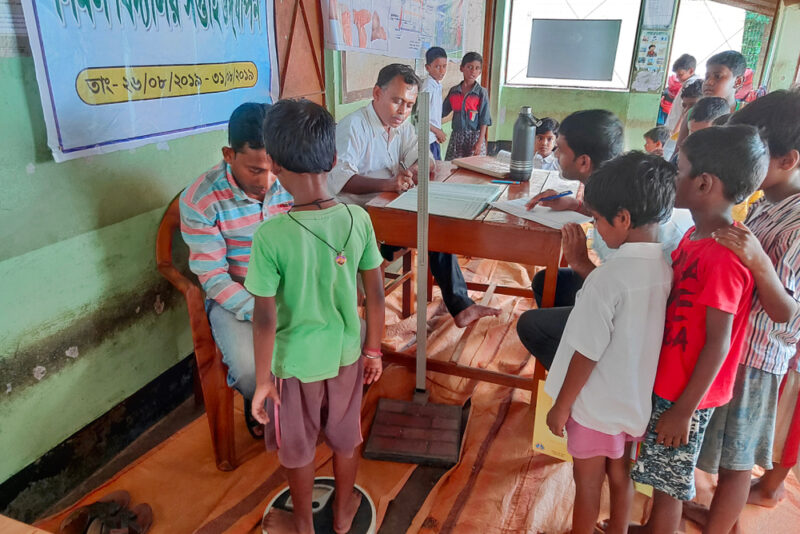COVID-19 Pandemic Linked to 14% Increase in Underweight Children in India

The nutrition of Indian children suffered dramatically during the COVID-19 pandemic, according to new research from the Tata-Cornell Institute for Agriculture and Nutrition (TCI) that found a sharp rise in underweight children.
In a study published in Economic and Political Weekly, TCI researchers analyzed pre- and post-pandemic survey data on children’s health and nutrition. They found that the number of children deemed underweight increased by 14% as a result of disruptions caused by the pandemic, including supply chain disruptions, price inflation, loss of work, and the interruption of government food safety net programs.
Previous TCI research on the impact of COVID-19 has found that supply chain disruptions caused food prices to increase and that women’s dietary diversity worsened during the pandemic.
“Researchers long suspected that pandemic-related disruptions to India’s food systems reduced access to healthy, nutritious diets, especially for marginalized populations dependent on government programs,” TCI Director Prabhu Pingali said. “Our study confirms these suspicions and shows the real damage done to children’s nutrition and development.”
Seth and her fellow researchers examined survey data collected from 511 households in Bihar and Odisha in June 2017 and July 2021, about 18 months after the pandemic-related lockdowns in India. The survey data included a wide range of information about food consumption and nutrition, including height and weight measurements of children under the age of 5. Data from 622 children were used in the study.
The researchers found that the percentage of underweight children increased from 31% in 2017 to 45% in 2021, with children under the age of 2 disproportionately impacted. Most of the shift occurred in children who already had a low weight for their age in 2017.
A number of factors were found to be particularly determinative of whether a child’s weight-for-age worsened, namely reduced access to food safety net programs like Integrated Child Development Services (ICDS) and the POSHAN or Mid-Day Meal Scheme.
Some of the children surveyed experienced an improvement in weight during the pandemic. Those children had higher access to ICDS and cultivated pulses and vegetables in 2021 than they did in 2017.
Based on the results of the study, researchers recommended that policymakers encourage the diversification of agriculture to ensure access to diverse, nutritious foods. Household production diversity—the number of crops a farming household grows—was a significant predictor of weight-for-age in the TCI study, as it improves resilience to market disruptions. Previous research from India found that farmers who cultivated 2-3 crops were significantly less likely to experience a decline in dietary diversity during the pandemic.
The researchers also recommended that policymakers work to minimize any potential disruptions to ICDS, POSHAN, and other programs that ensure supplementary nutrition for vulnerable groups. “To directly address the reduction of access to these programs during pandemics and other crises, states should explore switching to direct cash transfers when the physical delivery of services is difficult,” TCI researcher Payal Seth said.
Because children under 2 were disproportionately impacted and researchers found that mother’s BMI was associated with improved child weight during the pandemic, the researchers recommended that the restoration of basic maternal and child-care services be prioritized in the future.
“By addressing the disruptions that most impacted children’s nutrition and building household resilience through diversified farming, policymakers can minimize harm to children’s health and development during future adverse events,” Seth said.
Featured image: Children in New Delhi wait in line to receive food from aid workers during the COVID-19 pandemic. (Photo by PradeepGaurs/Shutterstock)





